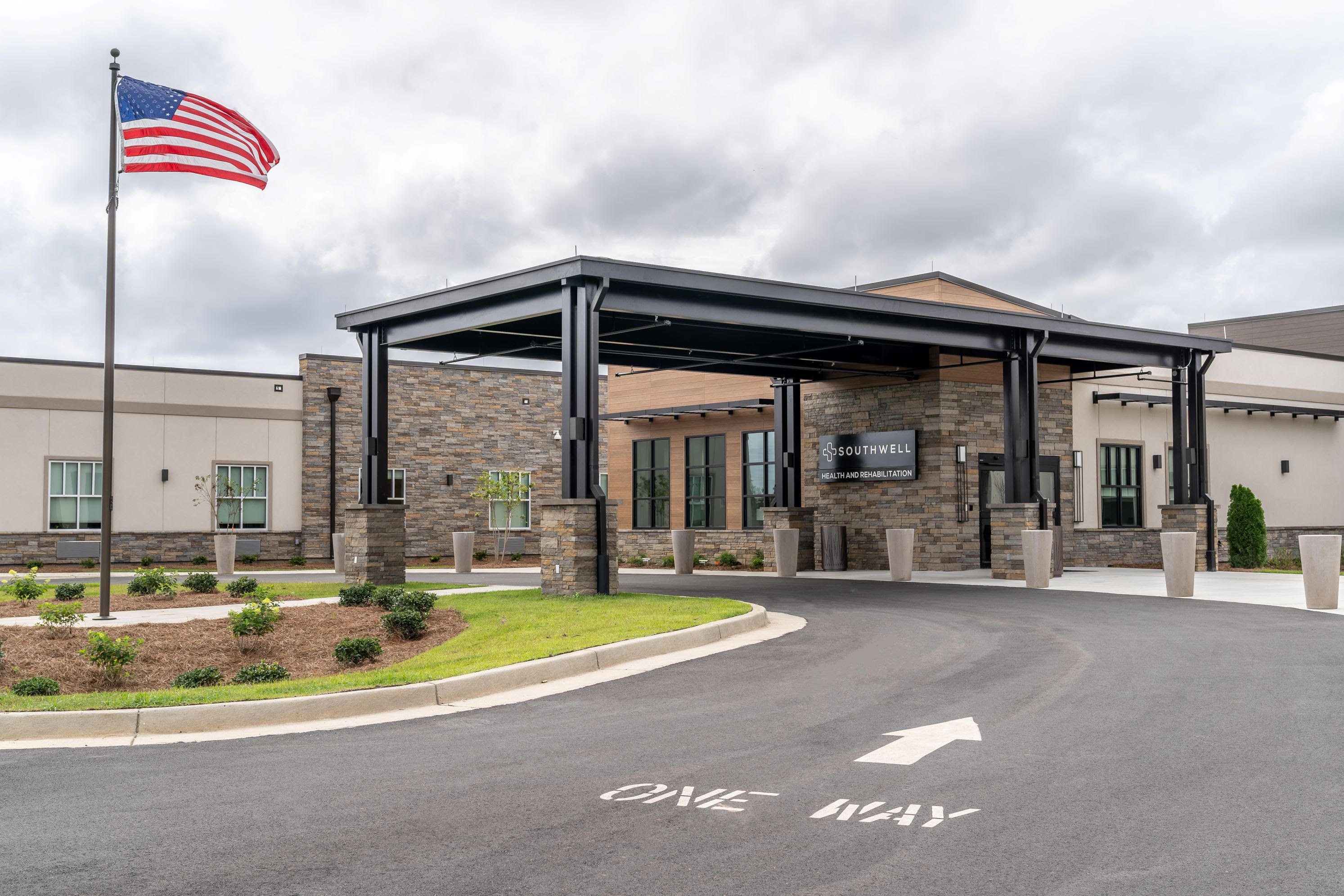Remembering Suwannee: Ways to preserve important documents
Published 9:58 am Monday, October 2, 2017

- Lamination is an irreversible process that harms documents over time. A safe alternative to lamination is to encase them in a clear polyester material, such as mylar sleeves shown.
As the saying goes, “Time flies when you’re having fun…” Today marks the 200th article in my weekly historical series that began on Aug. 23, 2013, with an article about the Horace Dexter House on Duval Street.
In four years of articles, we’ve looked at everything from influential people, long-lost buildings and communities, to events that have shaped the Suwannee County we know and (hopefully) love today. I’ve learned many tidbits of history in my research and I hope I have been able to impart some of that knowledge to you.
In lieu of a normal historical article, I’d like to take this opportunity to impart a few historical lessons and practical information that may be of some use to the readers. First, we’ll talk about preserving documents.
There are a variety of methods used to preserve old documents. A rule of thumb for old documents is “never do something that you can’t undo.” I can’t tell you how many times I have come across old documents that have been taped together using the same Scotch tape that we use around our homes. The tape, when it eventually deteriorates (and trust me, it will!) leaves a dark residue on the surface of the document that is impossible, or nearly impossible, to remove.
Another no-no with preserving documents is gluing it to wood or other acidic materials. Many years ago, I visited the State Archives in Tallahassee and was shown around the important collections by a colleague. One of the documents was the 1861 Ordinance of Secession in which Florida departed the United States just before the Civil War began. Someone many years ago, in their attempt to preserve the document for future generations, glued the entire original document to a wood plaque. Unfortunately, the acid in the wood and the glue is eating away at the Ordinance. Even now, there are large chunks where the paper is totally gone, replaced by someone’s handwriting to show what words were once there. It is only a matter of time before nothing remains of the original document.
Another harmful way of preserving documents is to laminate them. This works fine for items that see heavy use but you don’t need to keep around for long (such as restaurant menus), but it is horrible for important documents. After time, the laminate will peel away from itself, tearing apart whatever is inside in the process. Once done, lamination cannot be reversed. The Courthouse actually has some old records that were laminated before we pointed out that it was harmful. I made a convincing demonstration by pretending to have an important historical document encased in laminate and then peeling it apart, totally ruining the document in the process. The department head was mortified that I had destroyed a priceless piece of history until I told her that it was some random document I had printed earlier in the day. My demonstration was convincing, but unfortunately not before some old records had been laminated. It is only a matter of time before they are destroyed.
One of the best ways to preserve documents is instead to encase them in a material such as clear polyester (Mylar is one of the more common brand names), which is acid free and does not damage the document or photograph. Think of it as an expensive version of the clear plastic sleeves that you put inside of 3-ring binders and can buy at any retail store. However, don’t skimp and use the cheap sleeves for storage of historical documents, because they have acid in them that will eventually destroy the documents. Although this type of archival polyester storage can become pricy, the ability to store important historical documents safely outweighs the cost. Archival companies sell a variety of sizes of this material, including one-, two-, or three-sided sleeves and by the sheet. Combining these archival sleeves with archival-quality tape specifically made for this purpose, you can seal up the sleeves and keep the documents inside preserved for much longer. More than one document can be stored in these sleeves, but you need some sort of acid-free paper between them to prevent the migration of acid, ink, etc. from one document to another.
If you are unable to purchase the archival polyester sleeves, another alternative is to purchase archival file folders. These folders are acid-free and will help protect the documents, although not to the extent that the polyester will. These folders are more expensive than the everyday folders we use, but don’t have the wood pulp and acid products that will damage the papers. The folders are thick enough that they can hold fragile papers without much bending, and like the polyester sleeves, you can house multiple documents if you separate them with acid-free paper. Combine these folders with acid-free storage boxes and the following tips, and you will be on your way toward protecting your documents.
Next week, we’ll look at some cheaper options for preserving your old documents and photographs.
Eric Musgrove can be reached at ericm@suwgov.org or 386-362-0564.





